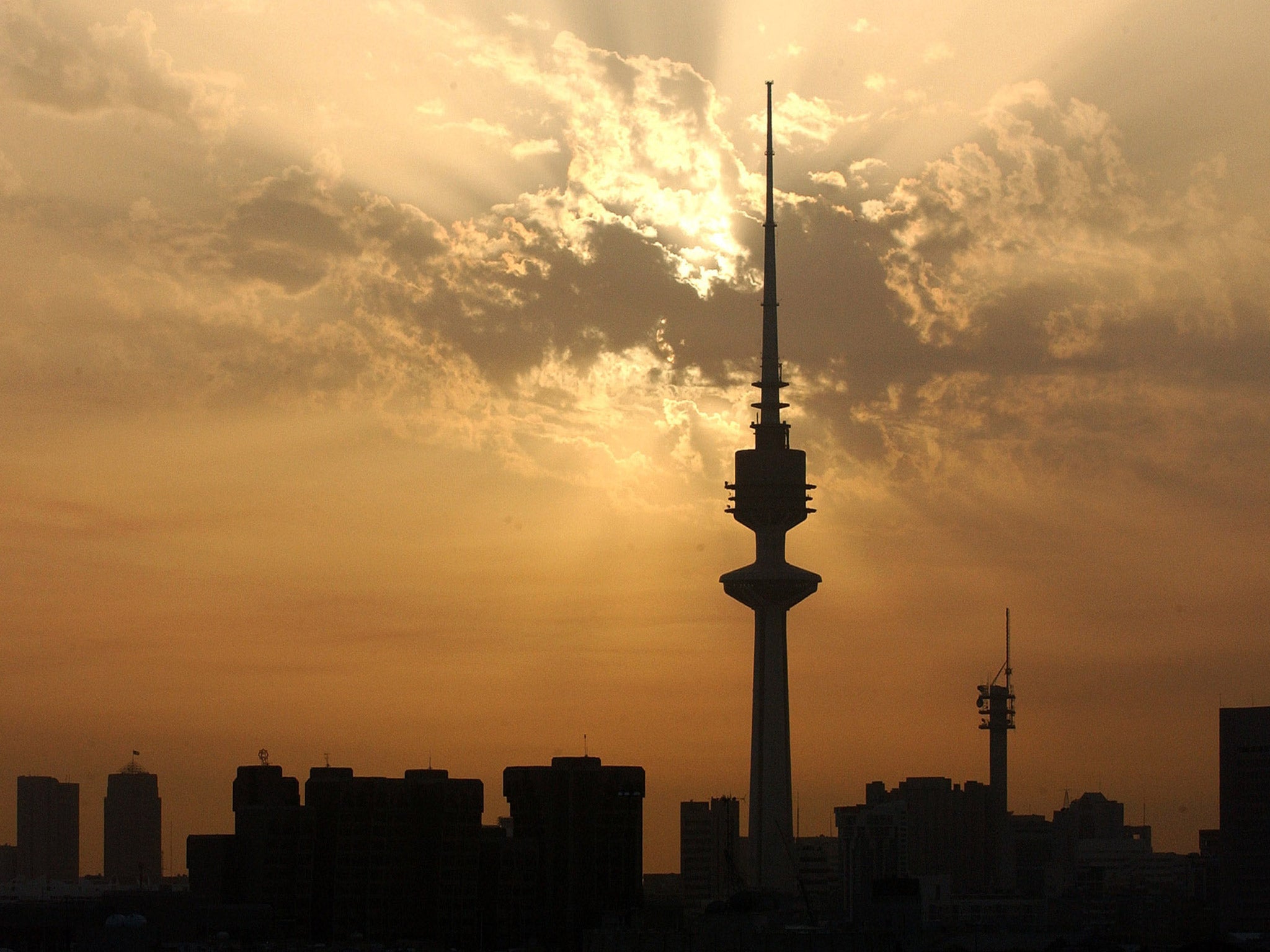The countries that will be so hot by 2100 humans won’t be able to go outside
Scientists warn that by the end of the century, heatwaves in some warmer climes could reach ‘feels like’ temperatures of up to 77C

Your support helps us to tell the story
From reproductive rights to climate change to Big Tech, The Independent is on the ground when the story is developing. Whether it's investigating the financials of Elon Musk's pro-Trump PAC or producing our latest documentary, 'The A Word', which shines a light on the American women fighting for reproductive rights, we know how important it is to parse out the facts from the messaging.
At such a critical moment in US history, we need reporters on the ground. Your donation allows us to keep sending journalists to speak to both sides of the story.
The Independent is trusted by Americans across the entire political spectrum. And unlike many other quality news outlets, we choose not to lock Americans out of our reporting and analysis with paywalls. We believe quality journalism should be available to everyone, paid for by those who can afford it.
Your support makes all the difference.Scientists have estimated that by the end of the century some parts of the Persian Gulf will suffer heatwaves that are too hot for the human body to survive.
By 2100, parts of Qatar, the United Arab Emirates, Saudi Arabia, Bahrain and others will experience combinations of temperature and humidity which make the deadly 2003 heat wave in Europe “look like a refreshing day”.
A new study in the Nature Climate Change journal presented computer simulations of what will happen to global temperatures if carbon dioxide emissions continue at their current pace.
It predicts a new breed of super-heatwaves affecting the Persian Gulf, the likes of which have not been seen on Earth while humans have been around.
Just how hot?
According to the study, the “heat index” – a measure of what temperature it feels like outside – for Persian Gulf countries could hit between 74C and 77C for at least six hours during the middle of the day.
That’s so hot that the human body is incapable of producing sweat to get rid of heat, making it dangerous even for healthy, fit people to stay outside for any length of time.
The heat index measures the impact of both temperature and humidity on people. With 50 per cent humidity, it would take a base temperature of 45C to reach those sorts of heat index levels. But crank the humidity up to 100 per cent, and it starts to feel like 77C when the mercury hits 35C.
“You can go to a wet sauna and put the temperature up to 35 (Celsius or 95 degrees Fahrenheit) or so. You can bear it for a while, now think of that at an extended exposure” of six or more hours, said study co-author Elfatih Eltahir, an MIT environmental engineering professor.
A mass exodus?
Such temperatures wouldn’t be expected every single day. But according to the simulations, super-heatwaves will come around once a decade or so by the end of the century – and bring mass fatalities.
Not everywhere in the Gulf would be rendered uninhabitable by these events. Developed cities such as Abu Dhabi, Dubai and Doha could still function thanks to the widespread availability of air conditioning.
But Eltahir and study co-author Jeremy Pal, of Loyola Marymount University, said that for people living and working outside, or with no air conditioning in their homes, it would be intolerable.
And while such dramatic events could provoke a mass exit from the region, the study authors suggested they would also have major implications for times when people actively flock to the Middle East.
While Mecca won’t be quite as hot, the heat will likely still cause many deaths during the annual hajj pilgrimage, Eltahir said.
Is it inevitable?
“Some of the scariest prospects from a changing clime involve conditions completely outside the range of human experience,” Carnegie Institute for Science climate researcher Chris Field, who wasn't part of the study, said.
“If we don't limit climate change to avoid extreme heat or mugginess, the people in these regions will likely need to find other places to live.”
Dr. Howard Frumkin, dean of the University of Washington school of public health, who wasn't part of the research, told the Associated Press that the implications of the paper for the Gulf region “are frightening”.
“When the ambient temperatures are extremely high, as projected in this paper, then exposed people can and do die.”
Eltahir said their simulations suggested such intolerable heat levels can be avoided – but only if the world limits future emissions in keeping with pledges made ahead of the climate talks in Paris later this year.
Join our commenting forum
Join thought-provoking conversations, follow other Independent readers and see their replies
Comments